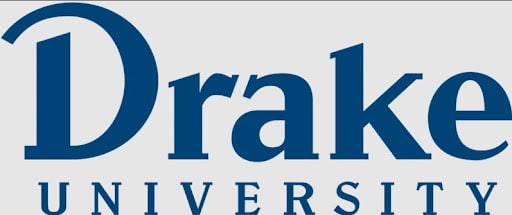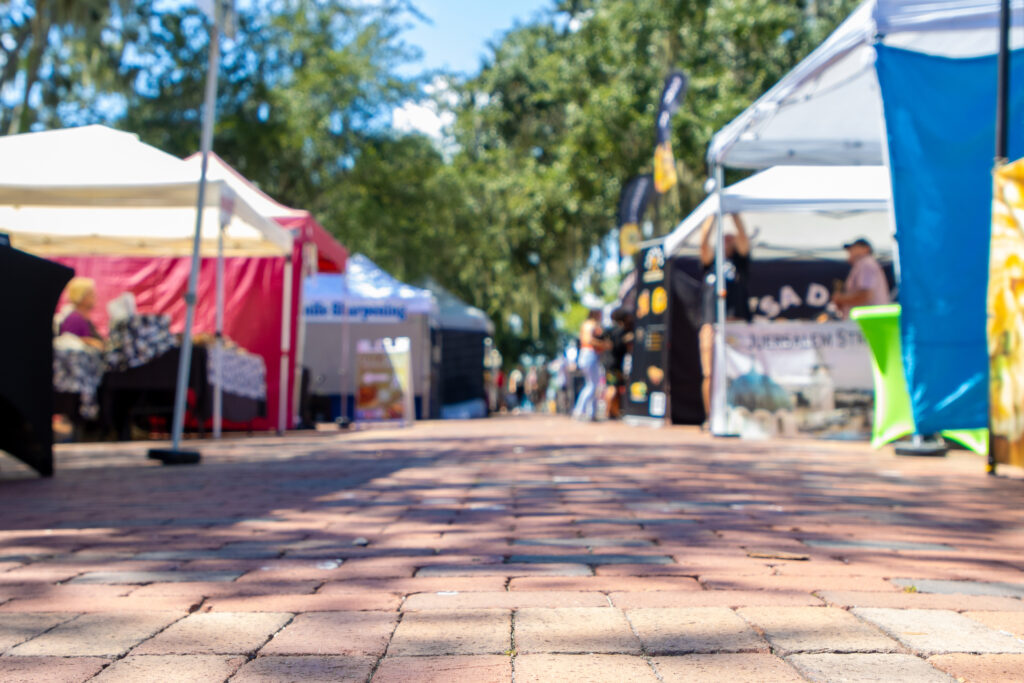The Elbert Files: Iowa’s sales tax history

Terry Branstad faced a tough decision in January 1983, his first month as governor of Iowa.
Four days before he was sworn in, out-going Gov. Bob Ray, a fellow Republican, had asked state officials to remain “tight-fisted” while facing the most difficult financial crisis in 50 years.
Branstad appeared to agree. In fact, he had all but pledged not to raise taxes during his successful campaign against Democrat Roxanne Conlin.
But in his inaugural address on Jan. 15, 1983, Branstad did something few expected. He “strongly hinted that he will call for a tax increase,” the Des Moines Register reported.
One week later, Democrats, who controlled both chambers of the legislature, began working with Branstad on a bill to increase the sales tax from 3% to 4%.
The increase was approved less than three weeks later, which allowed it to take effect on April 1, three months earlier than would normally be the case.
The quick action was needed to keep the state from plunging into financial turmoil, Branstad told an audience earlier this month at the World Food Prize Hall of Laureates, where he is president of the World Food Prize Foundation.
One reason they acted quickly in 1983, Branstad said, was they knew “if you compare the taxes in Iowa, the one that is most hated is the property tax. Next is the income tax. The least hated is the sales tax.”
In fact, there were no political consequences for Branstad or the Democratic leaders.
Their speedy action was in sharp contrast to the 1930s when the sales tax was created.
Prior to 1934, Iowa lawmakers had tried unsuccessfully for more than a decade to move state finances away from its dependance on property taxes, which had been the case since Iowa became a state in 1846.
The depression-era legislative session that created the sales tax, along with personal and corporate income taxes, began in March 1933 and continued for 11 months, finally ending in late February 1934.
After that, no serious effort was made to change the sales tax rate until 1955, when it was increased to 2.5% for two years to provide extra money for education.
In 1957, the rate dropped back to 2%, where it remained until 1967. That’s when it was increased to 3% “to finance a massive increase in state aid to local schools,” according to the Des Moines Tribune.
The next change came in 1983, when Branstad helped boost it from 3 to 4%.
Two years later, lawmakers created a local option sales tax for consenting cities and counties. Eventually, more than 92% of Iowa municipalities adopted the tax; the most notable exceptions today are Ankeny and Iowa City.
Gov. Branstad approved another sales tax increase to 5% in 1992, as a “permanent solution to state budget problems.” But this time it was not a quick fix. The Des Moines Register said it followed “weeks of grueling budget negotiations and two legislative sessions.”
A 1% local-option sales tax for schools was created in 1998 and converted to a permanent statewide sales tax for schools in 2008, bringing the state sales tax rate to 6% (7% in cities and counties that have the local-option tax.)
Branstad was right when he said the sales tax was the easiest tax to increase. Except for the 1992 increase, none of the five other rate hikes since 1934 caused much controversy.
But that raises an interesting question.
If the sales tax is not a lightning rod, which property taxes and income taxes clearly are, why have lawmakers been so opposed to increasing the sales tax to support a Natural Resources and Outdoor Recreation Trust Fund?
The fund was created in 2010 when 62% of voters approved a constitutional amendment that pledged the next 3/8ths of a percent increase in the sales tax would go into the conservation fund.
Since then, lawmakers have done nothing.

Dave Elbert
Dave Elbert is a columnist for Business Record.









